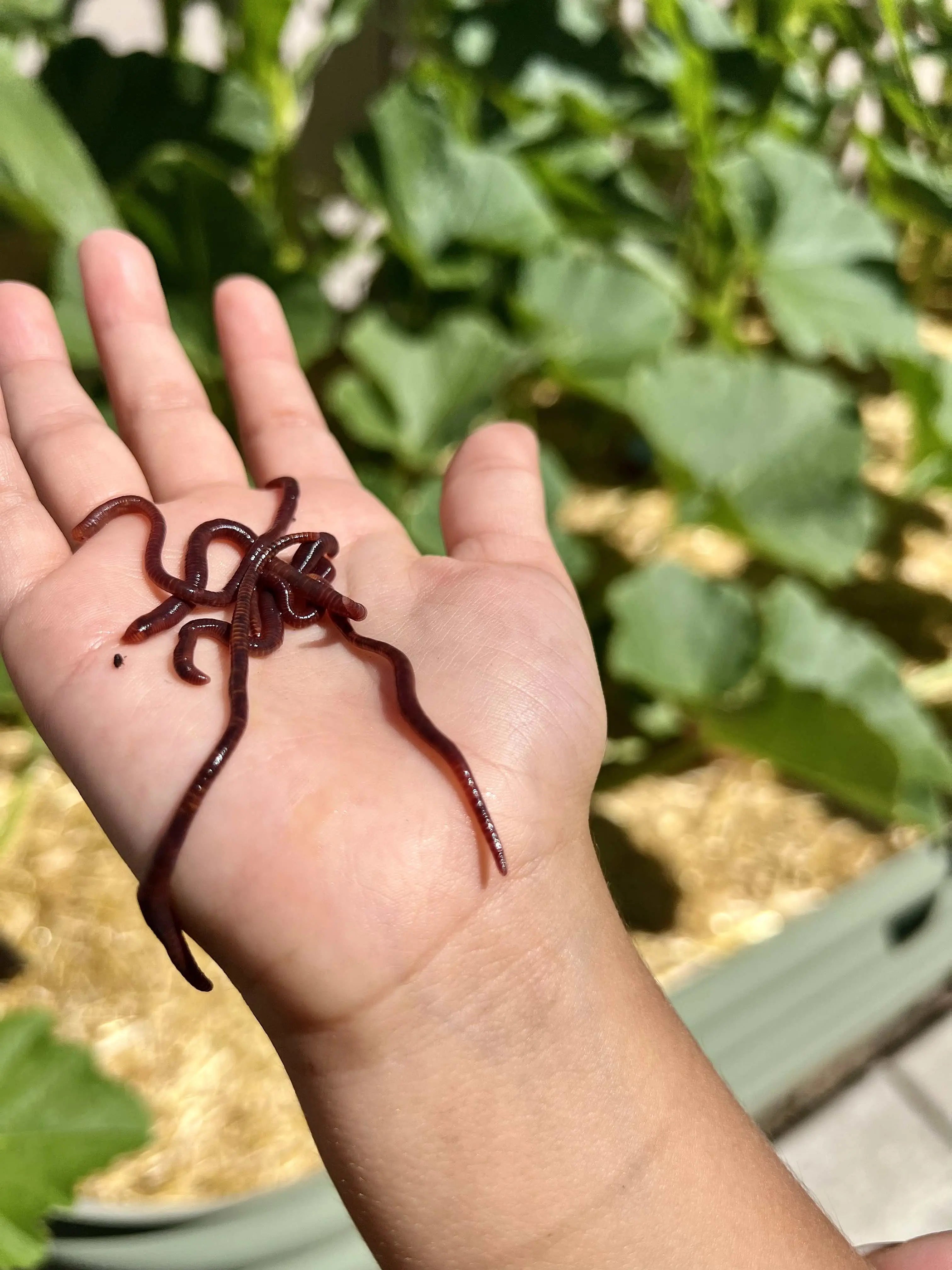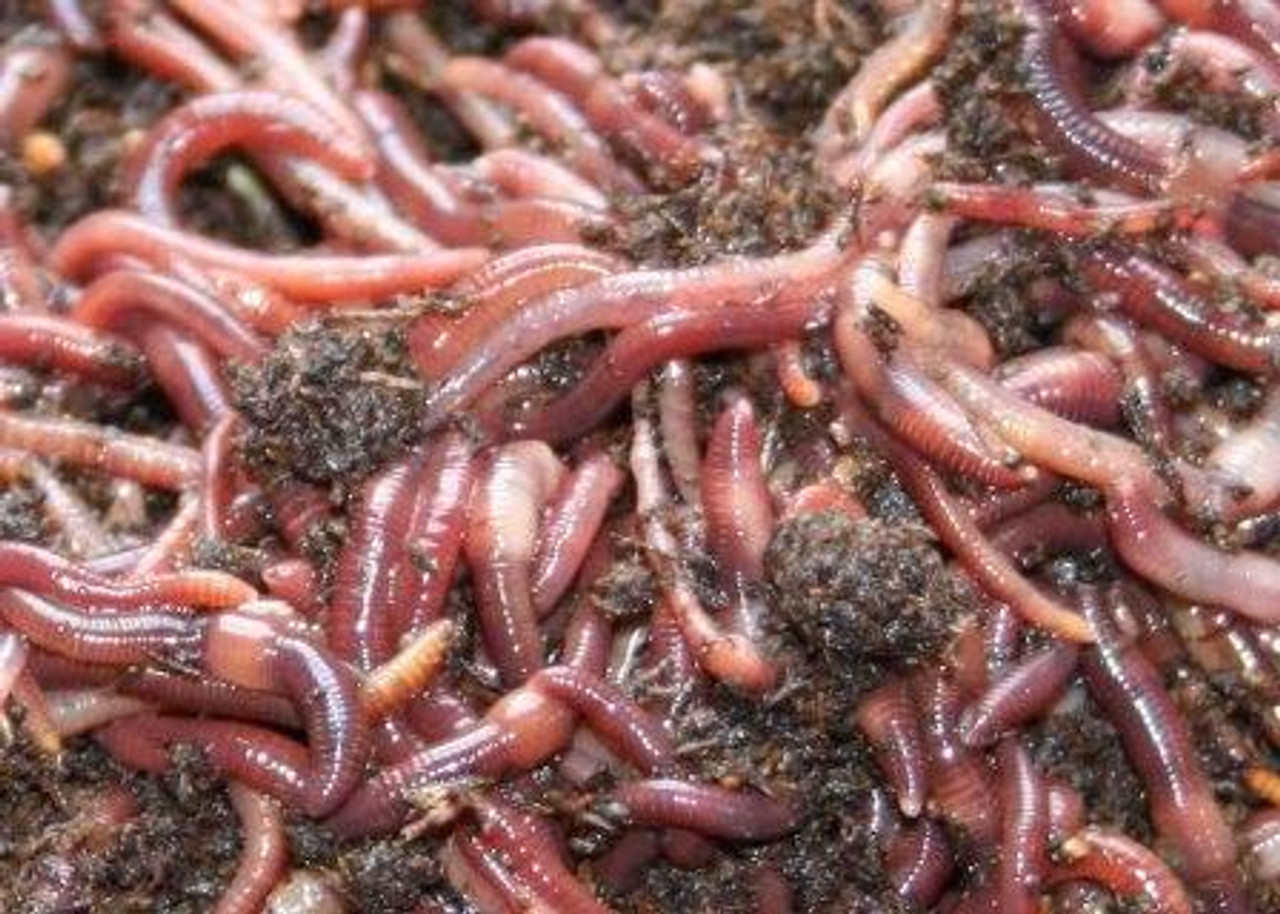The Secret to Lush Lawns Starts with Red Wiggler Express Grass Treatment
Red Wigglers: The Unsung Heroes of Organic Waste Recycling
Red wigglers, or Eisenia fetida, serve as essential agents in the organic waste reusing process, transforming discarded products into valuable vermicompost. As the globe increasingly seeks remedies to deal with waste accumulation and boost farming efficiency, understanding the duty of these worms ends up being necessary.
What Are Red Wigglers?
The impressive durability of red wigglers, medically called Eisenia fetida, underscores their critical duty in organic waste recycling. These tiny, reddish-brown earthworms are generally discovered in decaying organic issue, such as compost heaps and manure stacks. Lake Hickory Bait. Unlike various other earthworm types, red wigglers grow in nutrient-rich settings and are very efficient at damaging down natural materials, making them necessary for vermicomposting

(Red Wiggler Express)Along with their duty in waste reduction, red wigglers add to dirt health by improving soil framework and oygenation through their burrowing activities (Lake Hickory Bait). Their presence in composting systems not just boosts disintegration rates but additionally promotes a sustainable technique to throw away monitoring, highlighting their relevance in ecological preservation efforts
Benefits of Composting With Worms
Composting with worms, specifically red wigglers, supplies numerous advantages that boost both waste management and soil wellness. Initially, these worms effectively damage down natural waste, transforming it right into nutrient-rich vermicompost that improves soil. This procedure increases disintegration, enabling a quicker recycling of cooking area scraps and various other organic materials compared to standard composting approaches.
In addition, the vermicompost generated by red wigglers is bursting with helpful microorganisms, which assist improve soil framework, oygenation, and dampness retention. This enhances the total health and wellness of plants, promoting vigorous development and enhanced returns in yards and agricultural setups. Additionally, using worms in composting lessens the production of greenhouse gases, such as methane, adding to an extra sustainable waste monitoring system.

Just How to Start Vermicomposting
Developing a vermicomposting system is a straightforward process that can produce substantial advantages for both waste administration and dirt enrichment. To start, select an appropriate container, such as a plastic bin or wooden box, with adequate ventilation holes to guarantee appropriate air movement. The dimensions must preferably be about 2 feet by 3 feet, permitting enough space for the worms to prosper.
Following, prepare bed linen product, which can be composed of shredded newspaper, cardboard, or coconut coir. This bed linen needs to be dampened to develop an ideal environment for the worms. Once the bed linen is in place, introduce red wigglers (Eisenia fetida) right into the bin, commonly around one extra pound of worms for every single square foot of surface location.
Adhering to the placement of worms, add organic waste, such as vegetables and fruit scraps, coffee grounds, and crushed eggshells. Prevent including dairy products, meat, or oils, as these can produce odors and attract pests. Finally, place the container in a shaded, temperature-controlled location to maintain optimum problems for worm activity. With these actions, you will properly launch a vermicomposting system that contributes to sustainable waste management and improves your dirt.
Keeping a Healthy Worm Container
(Red Wiggler Express)Keeping a worm container flourishing requires normal focus and Recommended Reading treatment to guarantee the health of the red wigglers and the effectiveness of the composting process. Appropriate maintenance begins with monitoring the dampness levels; the bin must perspire however not waterlogged. A great rule of thumb is to maintain a consistency similar to a wrung-out sponge.
Gently mixing the bed linen and food scraps every couple of weeks stops compaction and ensures that all worms have access to oxygen. Furthermore, it is vital to feed the worms suitably.
If the container comes to be as well hot or chilly, the worms may become stressed. By diligently taking care of these elements, one can maintain a durable and effective worm bin.
Effect On Lasting Living
The effective maintenance of a worm bin not just profits the health and wellness of red wigglers however likewise contributes considerably to sustainable living techniques. By reusing organic waste, such as kitchen scraps and backyard particles, red wigglers assist divert significant quantities of product from landfills. This decrease in waste not just decreases greenhouse gas exhausts but additionally lessens the ecological worry connected with waste monitoring.
In addition, the castings produced by red wigglers offer as a nutrient-rich natural plant food, enhancing soil wellness and promoting plant development. This natural option to chemical fertilizers sustains lasting farming and gardening methods, decreasing dependence on synthetic inputs that can damage environments. In addition, worm composting cultivates understanding of waste monitoring, motivating people and neighborhoods to embrace more lasting practices.

Final Thought
In recap, red wigglers offer as important factors to natural waste recycling via their effective decomposition of organic products. By incorporating vermicomposting right into waste administration techniques, individuals and neighborhoods can substantially decrease waste while promoting ecological sustainability.